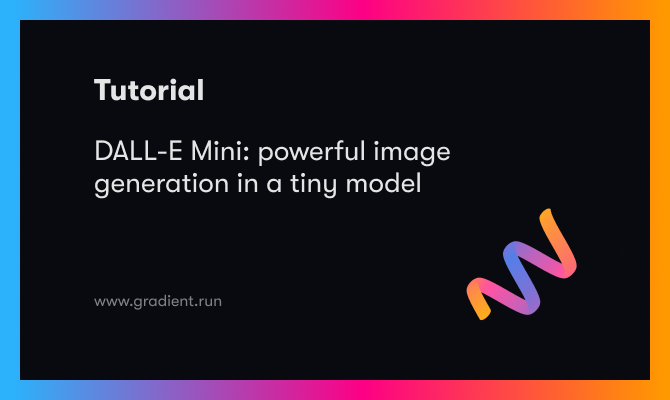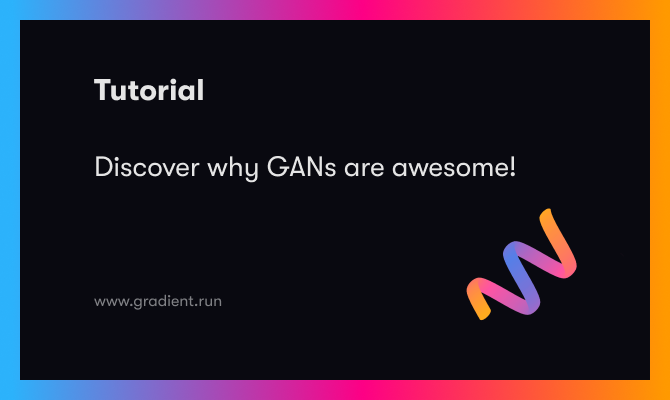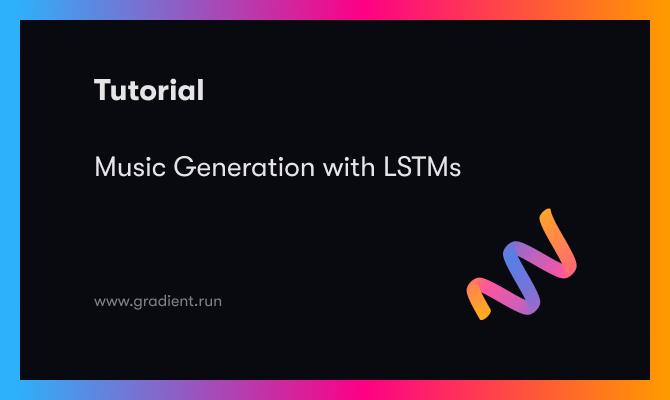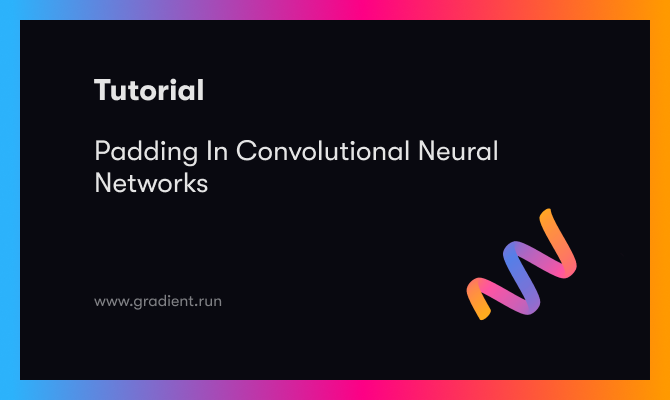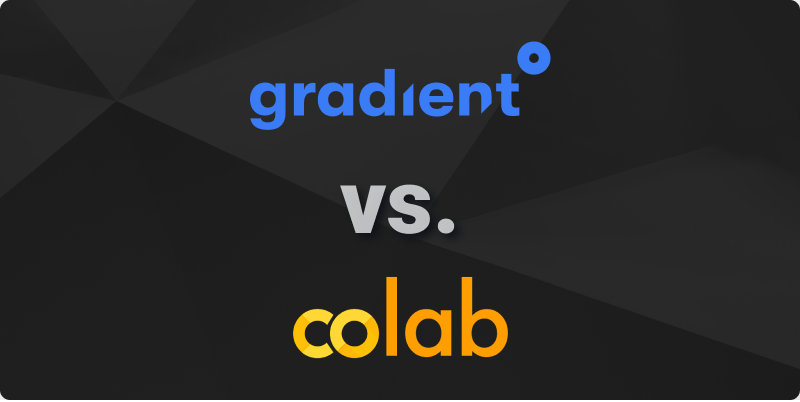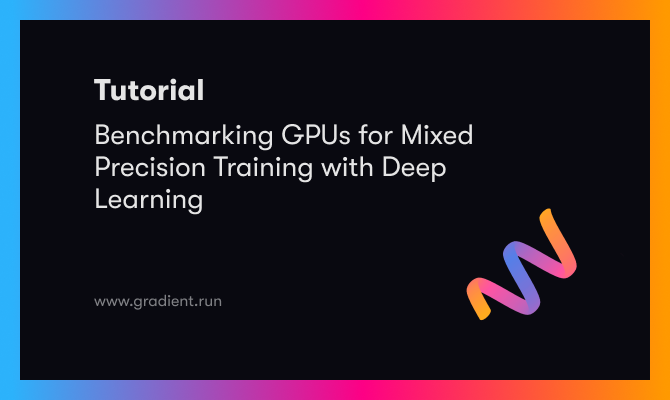
Benchmarking GPUs for Mixed Precision Training with Deep Learning
In this tutorial, we examine mixed-precision training to try and understand how we can leverage it in our code, how it fits into the traditional DL algorithmic paradigm, what frameworks support mixed precision training, and performance tips on using GPUs for DL with automatic mixed precision.


